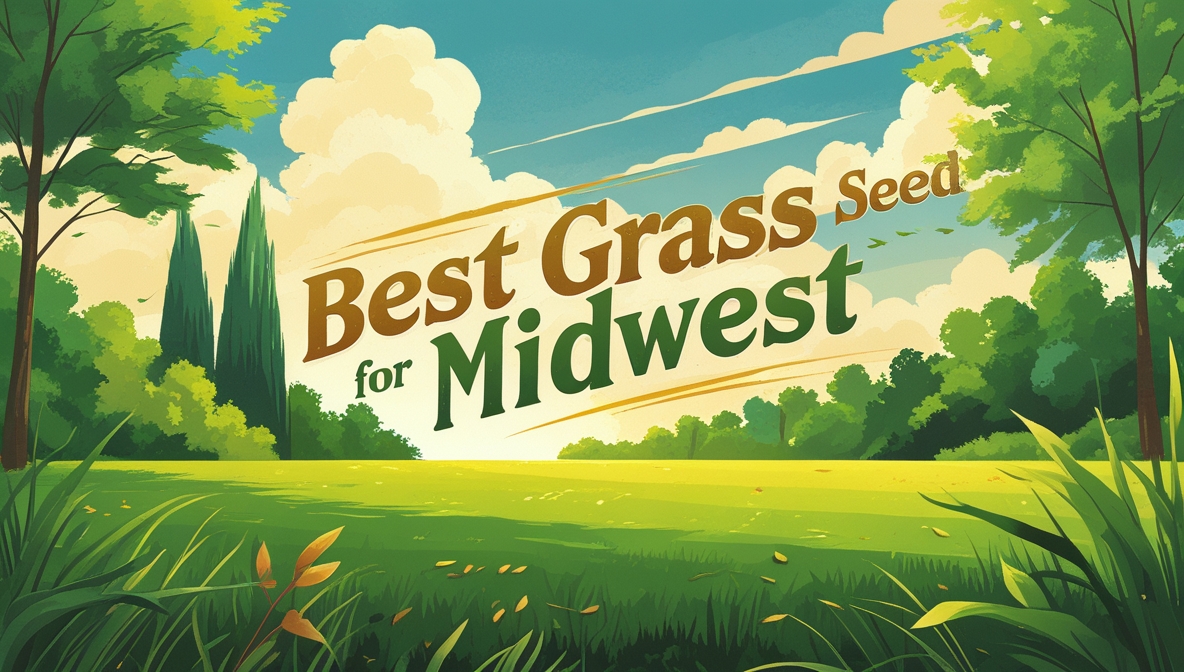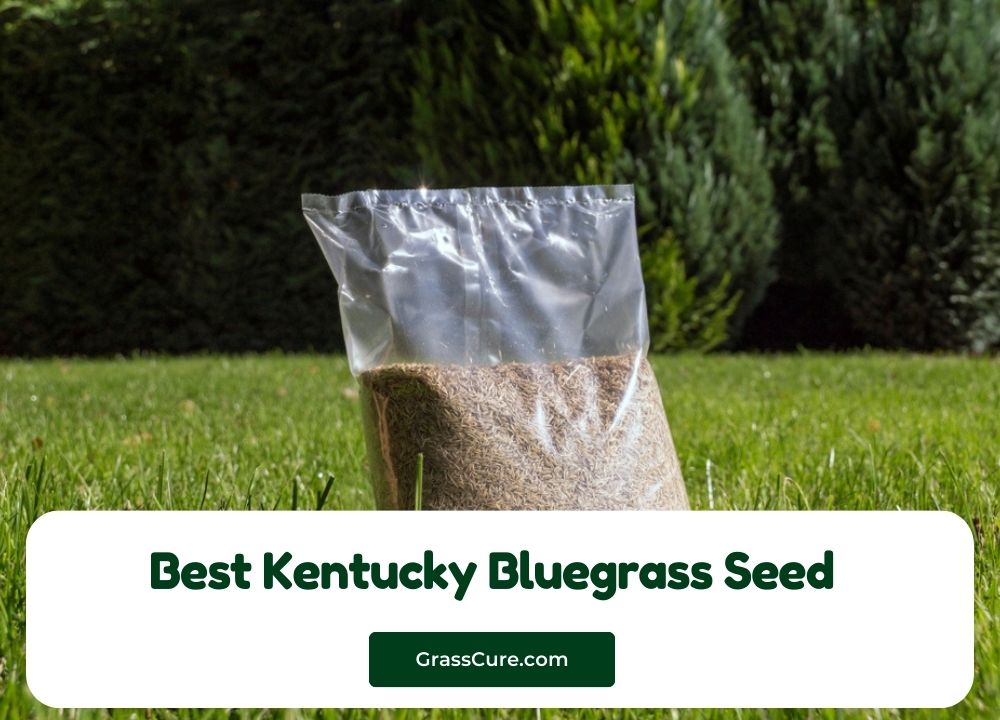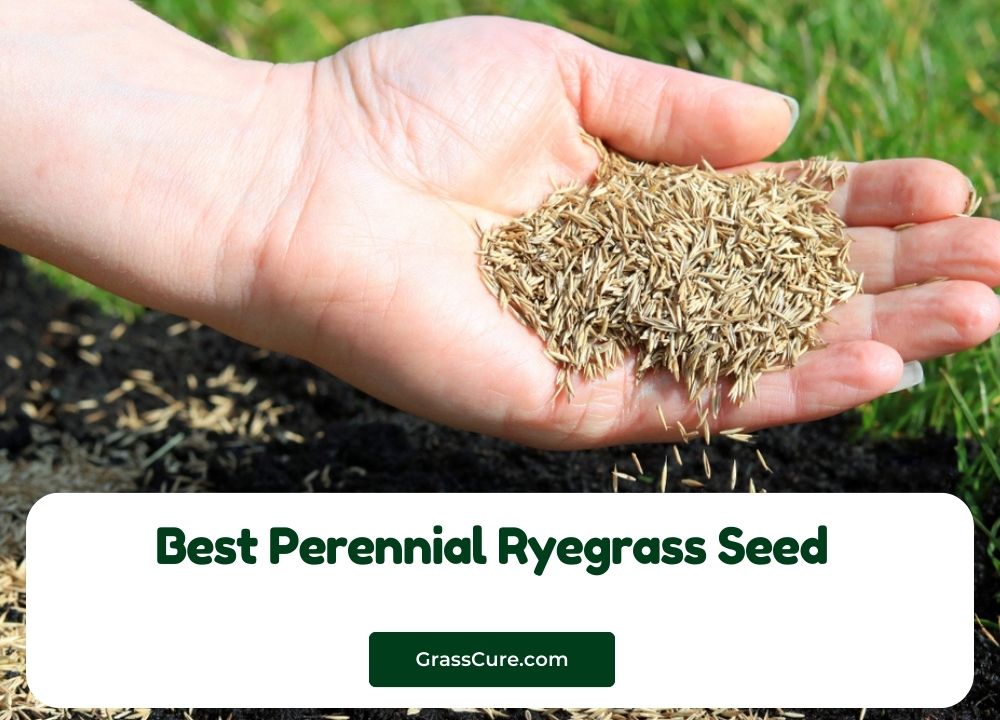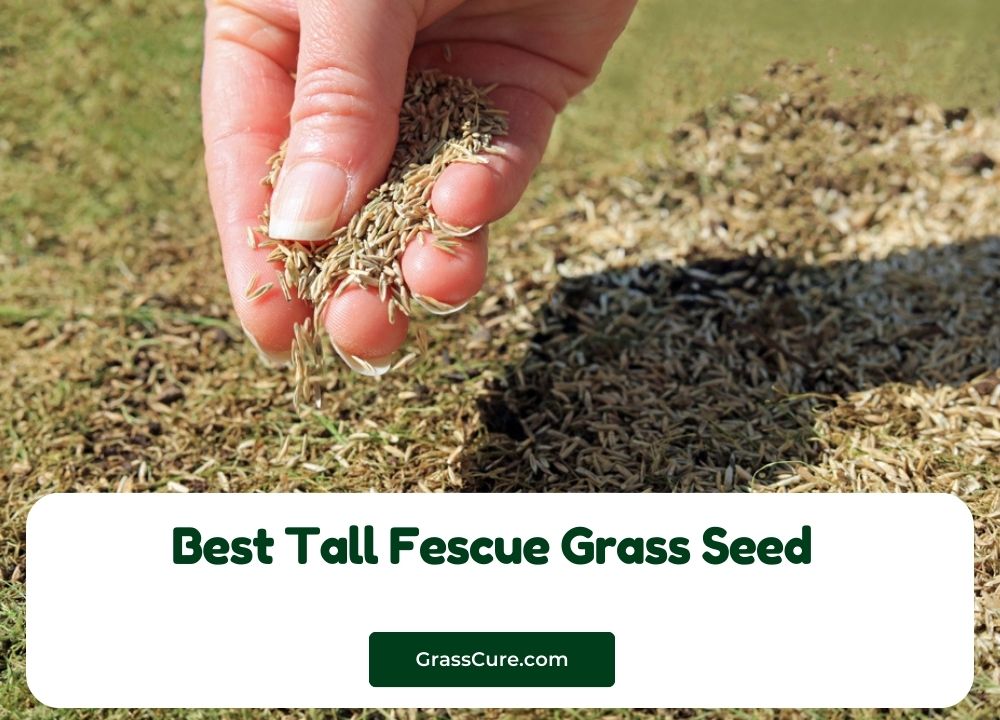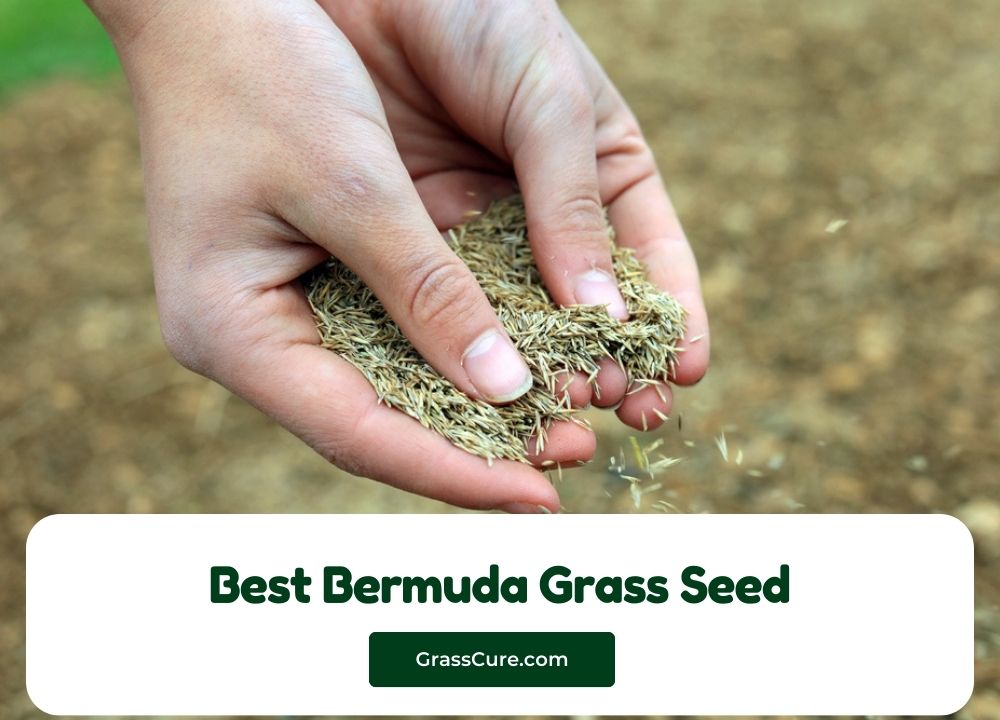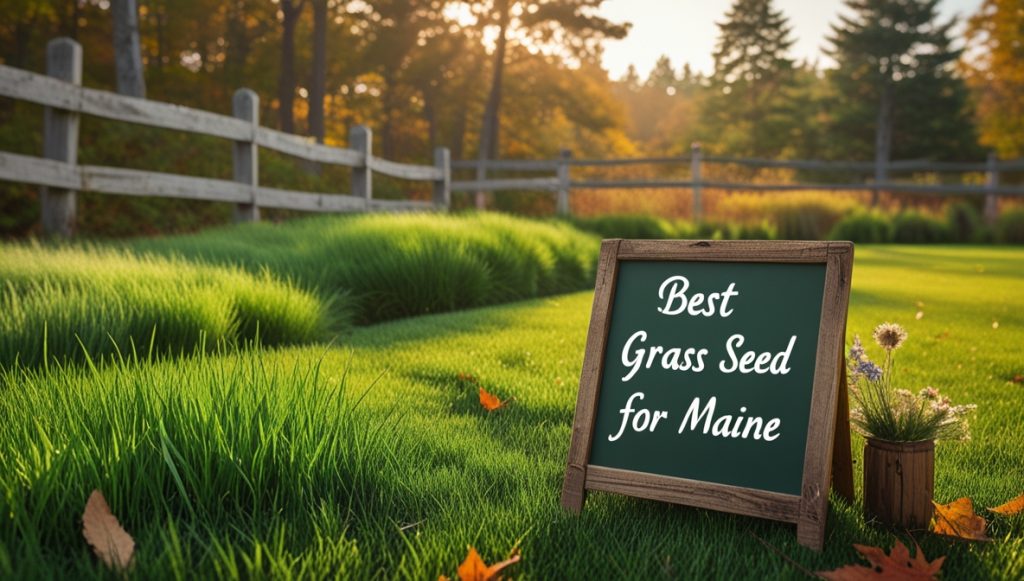The Midwest, a vast region stretching from Ohio to Nebraska and Minnesota to Missouri, is known for its extreme weather swings—bitterly cold winters, hot and humid summers, and everything in between. This diverse climate makes choosing the right grass seed a critical step toward establishing a healthy, resilient lawn. Whether you’re in the rolling plains of Iowa, the urban sprawl of Chicago, or the lake-effect snow zones of Michigan, the Midwest’s conditions demand grasses that can adapt to temperature fluctuations, varied soils, and differing levels of care. In this comprehensive guide, we’ll explore the best grass seed options for the Midwest, key factors to consider, and expert tips for planting and maintaining a thriving lawn.
Contents
Understanding the Midwest’s Climate and Soil
The Midwest spans USDA Hardiness Zones 3a to 6b, reflecting its climatic diversity. Northern areas like Minnesota and North Dakota face long, frigid winters with lows below -30°F, while southern states like Kansas and Missouri enjoy milder winters and hotter summers, often exceeding 90°F. Rainfall varies, averaging 30-40 inches annually, though droughts can occur in summer, especially in western regions. Spring and fall offer cool, moist conditions ideal for grass growth.
Soils range from fertile, loamy prairies in Illinois and Iowa to sandy soils near the Great Lakes and clay-heavy ground in parts of Missouri and Ohio. Soil pH typically falls between 6.0 and 7.0, suitable for most grasses with minor adjustments. Cool-season grasses dominate the Midwest due to their ability to thrive in the region’s cold winters and moderate summers, though warm-season grasses appear in southern fringes.
Top Grass Seed Choices for Midwest
- Kentucky Bluegrass
- Why It’s Great: A Midwest favorite, Kentucky bluegrass offers a dense, dark green lawn with excellent cold tolerance and a soft texture. It’s widely used in states like Illinois, Indiana, and Iowa.
- Pros: Self-repairing via rhizomes, rich color, and strong winter recovery.
- Cons: Needs full sun (6+ hours daily) and regular watering; struggles in heat or shade without care.
- Best For: Sunny lawns in suburban or rural settings where aesthetics matter.
- Tall Fescue
- Why It’s Great: Tall fescue’s deep roots and heat tolerance make it a versatile choice across the Midwest, from Missouri’s transitional climate to Ohio’s humid summers. It’s durable and disease-resistant.
- Pros: Drought tolerance, wear resistance, and adaptability to various soils.
- Cons: Coarser texture; requires overseeding for repairs since it doesn’t spread.
- Best For: High-traffic lawns, partial shade areas, or low-maintenance properties.
- Fine Fescue
- Why It’s Great: Fine fescue (creeping red, Chewings, hard fescue) excels in the Midwest’s shaded or northern regions, like Minnesota and Wisconsin, with low maintenance and drought resistance.
- Pros: Shade tolerance, minimal mowing/fertilizing needs, and fine texture.
- Cons: Less durable under heavy use; may thin in full sun over time.
- Best For: Shaded yards, wooded lots, or low-traffic areas.
- Perennial Ryegrass
- Why It’s Great: Perennial ryegrass germinates fast (5-10 days), making it ideal for overseeding or quick lawn establishment in the Midwest’s short growing seasons. It’s wear-tolerant and fine-textured.
- Pros: Rapid growth, good traffic resistance, and compatibility in blends.
- Cons: Less heat- and cold-tolerant than other options; struggles in extremes without care.
- Best For: Quick fixes, sports fields, or mixing with other grasses.
- Seed Mixtures
- Why It’s Great: Blends of Kentucky bluegrass, tall fescue, and perennial ryegrass are tailored for Midwest conditions, offering a balance of beauty, durability, and adaptability.
- Pros: Versatility, resilience across seasons, and coverage for mixed conditions.
- Cons: Maintenance varies by species; weaker grasses may fade.
- Best For: Most Midwest lawns, especially those with diverse light or soil types.
Factors to Consider When Choosing Grass Seed
- Sunlight: Kentucky bluegrass and perennial ryegrass need full sun, while fine fescue thrives in shade. Tall fescue and mixtures handle partial shade well.
- Traffic: High-use lawns favor tall fescue or perennial ryegrass. Kentucky bluegrass suits lighter traffic, and fine fescue is best for ornamental spaces.
- Maintenance: Fine fescue and tall fescue require less care than Kentucky bluegrass, which demands regular watering and fertilizing.
- Climate Zone: Northern Midwest (e.g., Minnesota) leans toward cold-hardy Kentucky bluegrass or fine fescue, while southern areas (e.g., Kansas) can support tall fescue or even warm-season grasses like zoysiagrass in hotter pockets.
- Soil: Loamy soils suit most grasses, sandy soils favor tall fescue, and clay benefits from aeration with Kentucky bluegrass or tall fescue.
Planting and Maintenance Tips
The optimal planting time for cool-season grasses in the Midwest is late summer to early fall (August to mid-October), when warm soil and cool air promote germination. Spring (April to June) is a secondary window, though summer heat can challenge new growth.
- Preparation: Clear debris, aerate compacted soil, and amend with compost or topsoil. Test soil pH (aim for 6.0-7.0) and adjust with lime or sulfur. Apply a starter fertilizer (e.g., 10-20-10 NPK).
- Seeding: Spread seed evenly with a broadcast spreader (e.g., 6-8 lbs per 1,000 sq ft for Kentucky bluegrass). Rake lightly and water to settle.
- Watering: Keep soil moist during germination (2-3 weeks), then water deeply—1 inch weekly—adjusting for rainfall.
- Mowing: Mow at 3-4 inches once grass reaches that height, cutting no more than one-third at a time. Maintain 2.5-3.5 inches for health.
- Fertilizing: Fertilize in fall and spring with a balanced product (e.g., 10-10-10). Avoid over-application to prevent burn or weeds.
- Weed Control: Use pre-emergent herbicides in spring for crabgrass and treat broadleaf weeds as needed. Dense turf reduces weed growth.
Recommended Products
- Pennington Smart Seed Kentucky Bluegrass Mix: Enhanced for cold and drought tolerance.
- Scotts Turf Builder Tall Fescue Mix: Durable and heat-resistant.
- Jonathan Green Fine Fescue Blend: Ideal for shaded Midwest lawns.
- Barenbrug Perennial Ryegrass Seed: Fast-growing and wear-tolerant.
Regional Considerations
In the northern Midwest (e.g., Minnesota, Wisconsin), cold-hardy Kentucky bluegrass and fine fescue dominate due to harsh winters. Central states like Illinois and Iowa, with fertile soils, favor Kentucky bluegrass or mixtures for lush lawns. Southern Midwest areas (e.g., Missouri, Kansas) lean toward tall fescue for heat tolerance, with warm-season options like Bermudagrass or zoysiagrass viable in hotter zones. Lake-effect snow in Michigan or Ohio can keep soils moist, benefiting moisture-loving grasses.
Conclusion
The best grass seed for the Midwest depends on your location, lawn use, and maintenance preferences. Kentucky bluegrass offers timeless beauty for sunny yards, tall fescue provides durability across climates, fine fescue suits shaded retreats, and perennial ryegrass delivers quick results. Mixtures balance these traits for versatile lawns. By matching your seed to the Midwest’s diverse conditions—climate, soil, and traffic—and following proper care practices, you’ll cultivate a lawn that withstands the region’s extremes, from snowy winters to scorching summers.
